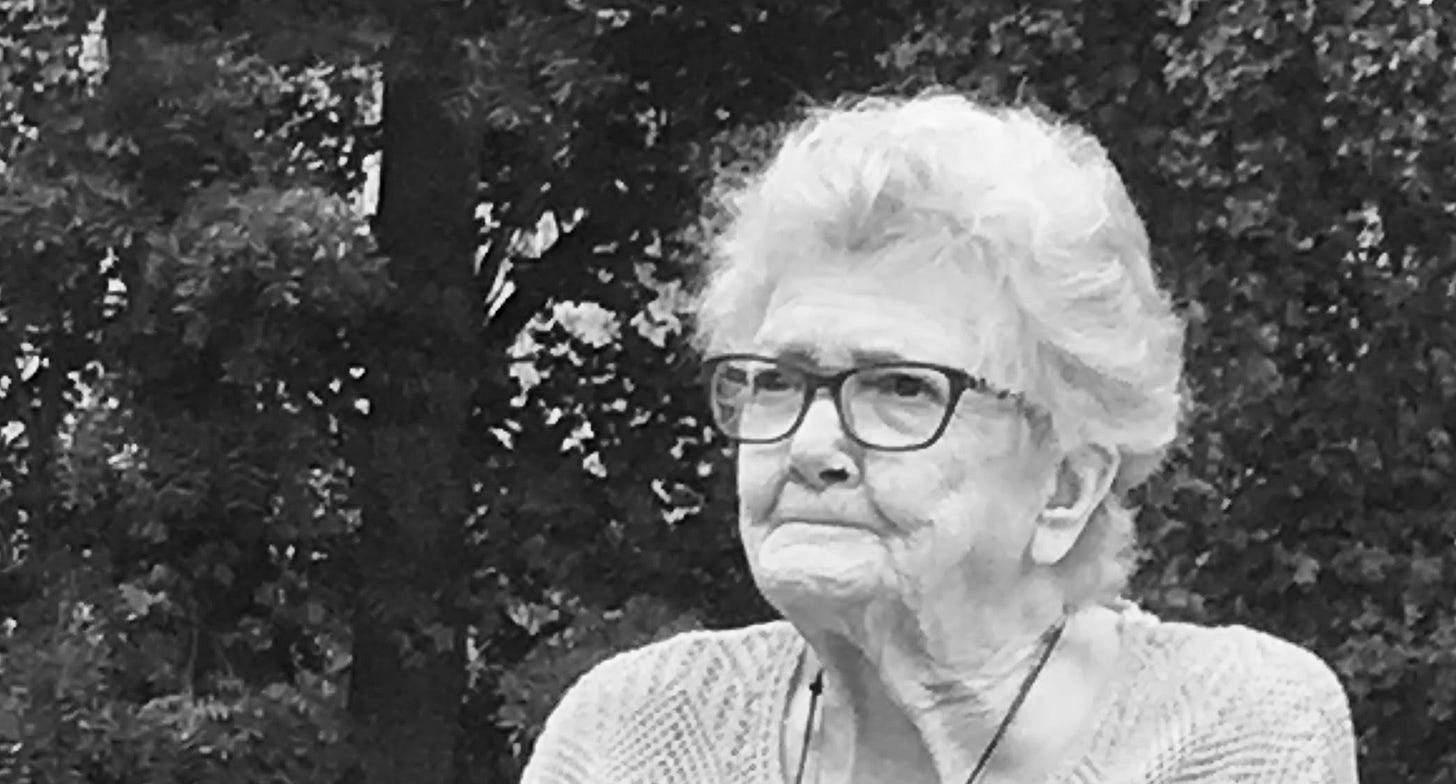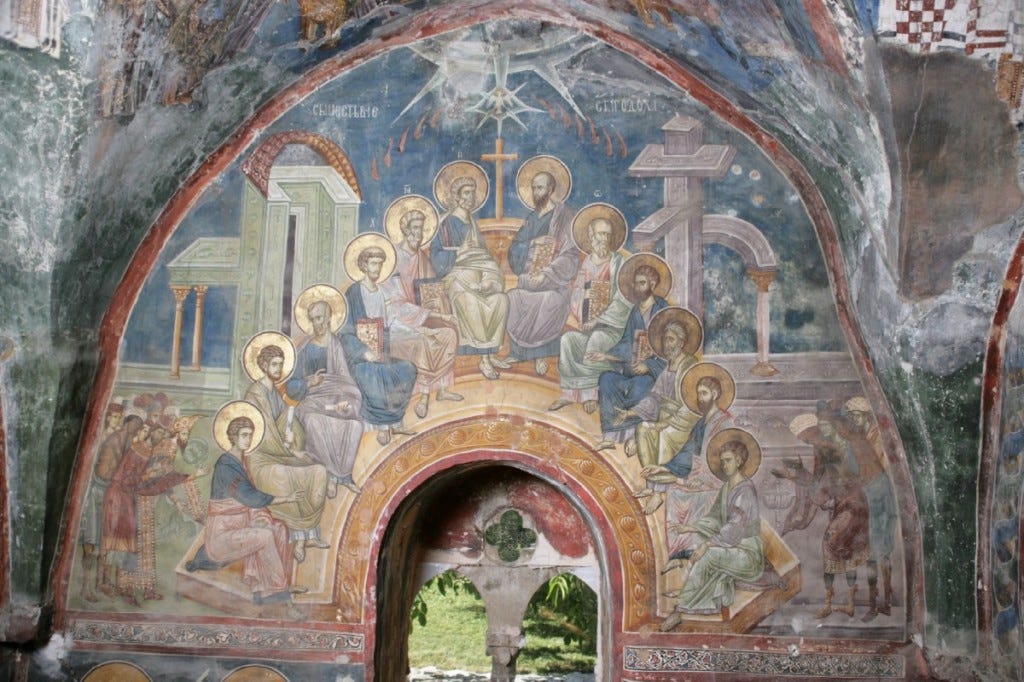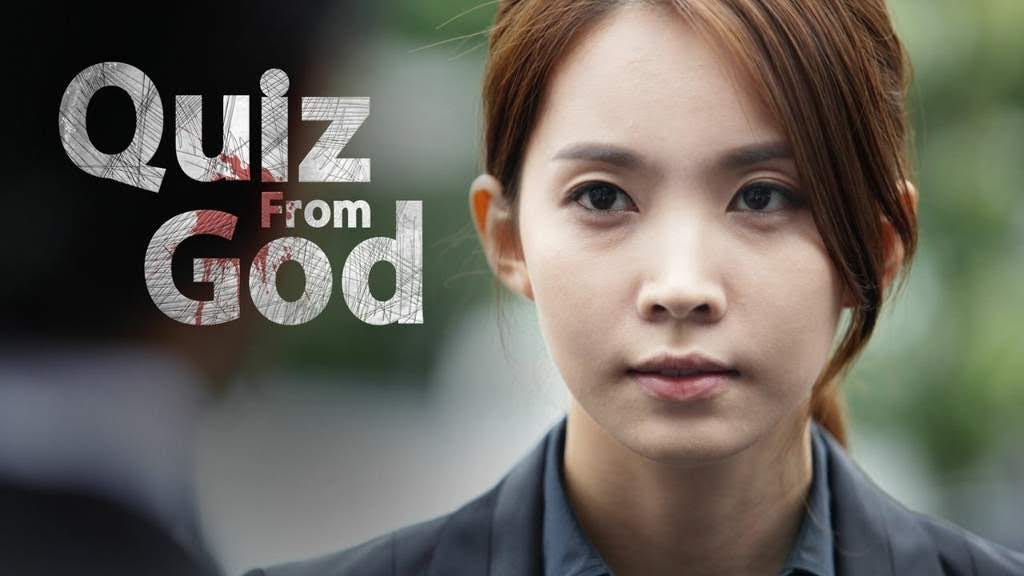A Far Country
Introducing Saintly Folk
Grandma Linda started making scrapbooks after she retired. After going out with her to the local general store to buy some discount craft supplies, my sister and I would watch some cartoons and eat pizza while she made a collage of cut photos and newspaper clippings and church bulletins. Next came the layers of craft paper and stamps and stickers and glitter-glue and sundry other mediums until a tacky and haphazard aggregate memory emerged.
I imagine this was very therapeutic for her. There’s a certain appeal to sitting still and quiet while meditating on the good ‘ol days.
Grandma Linda would occasionally tell us the stories she was thinking about as she worked. I don’t remember too many of them. As a young boy I found all this extremely boring. I could have been running around swinging a stick-sword while imagining fantastical adventures in some far off land. But for Grandma Linda, those stories were everything. They were her people. They were all part of her story. Many of them having already reposed, they had become her adventure in the far country of heaven.
Perhaps when encountering iconography you have felt a lot like I felt as a young boy looking at those photos of relatives I had never known. Although there is often a general understanding of what is happening in an icon—such as St George slaying a dragon, or the St Gabriel appearing to Mary in the Annunciation—sometimes we fail to see what the icon is supposed to mean because we don’t know who or what we’re seeing.
Once we know who and what we’re seeing, the importance and relevance of the icon to our lives becomes more clear.
I think this is what people mean when they ask, “Emanuel, can you teach me how to “read” icons?”
But I want to suggest that there is a better question to ask: “How can I learn to consciously and intentionally venerate icons?”
Firstly, this question is better because it rightly understands the paradoxical nature of the icon. It is at once a humble teaching aid and a profoundly exalted and venerable sacred object. It is at once mediating communion with God and the saints by our prayers, and is a visual medium communicating dogmatic truth. To put it another way, this question assumes the right posture of the person toward the icon. The person asking this question desires both to be consciously aware of what is being communicated by the icon, and to intentionally seek communion and participation in who and what is being communicated through veneration.
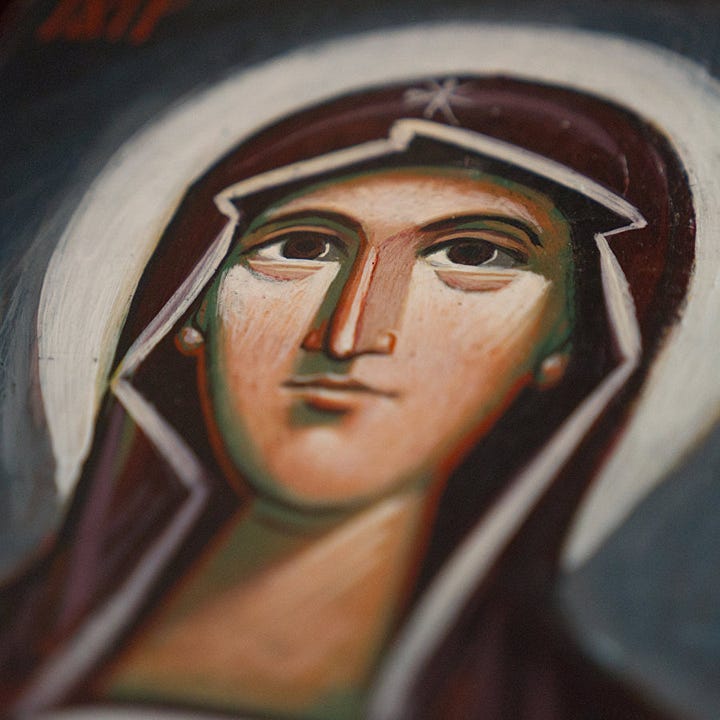
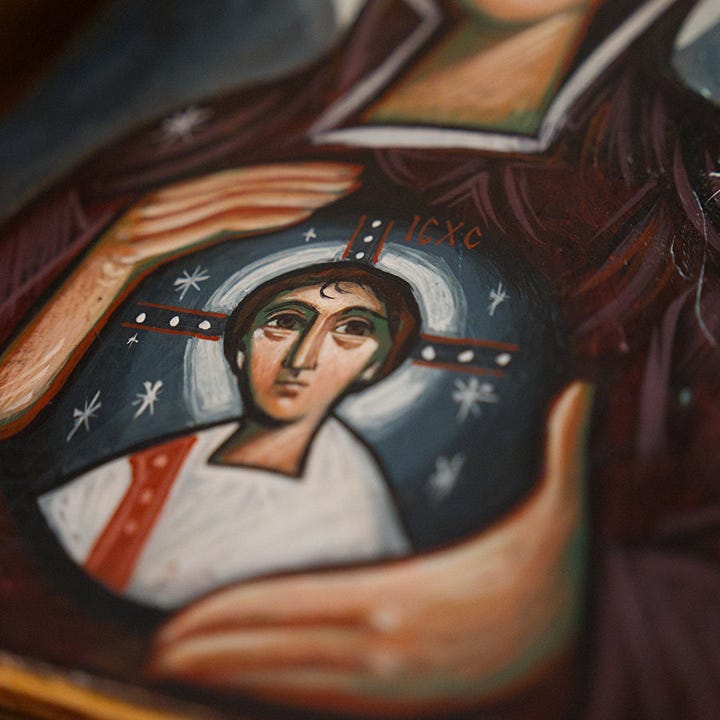
Secondly, this question is better because it respects the human capacity of the person to learn. Although there are a number of high-level academic works concerning iconography, the truth of the icon is extraordinarily simple. Icons are (supposed) to be painted with the local indigenous person in mind. Icons are (supposed) to be painted in a technique that the average person, whether child or adult, is able to discern and comprehend.
This doesn’t mean icons are always easy to understand, nor that they should be.
A child learning to ride a bike only occasionally succeeds in the beginning, but is constantly making incremental improvements through all the scraped hands and knees. They are learning as they go. Eventually the practice will transform into the actual skill to ride a bike, and even that skill can be further developed by practicing more difficult techniques. Learning how to consciously and intentionally venerate icons is very achievable by all those who love God and seek His testimonies.
Thirdly, this question is better because it doesn’t imagine iconographers to be esoteric gurus who’ve managed to obtain hidden knowledge. Icons shouldn’t be treated like they’re a quiz from God. Let me be the very first to tell you that I’m not a guru. I don’t have hidden knowledge or secret wisdom. I often struggle to even pray while painting icons. This is because I’m still growing and I’m on the same spiritual journey as every other ordinary Orthodox Christian.
Painting icons doesn’t make me special. Painting icons does provide a valuable and special service to the Church, but this is the gift of God. It isn’t a gift that comes from me. Iconography is a good and perfect gift from above, coming down from the Father of lights. Iconography is special because it is participation in the revelation of the incarnate Son of God and the redemption and restoration of mankind into the image and likeness of God.
On a certain occasion, I was speaking with someone who was looking at my iconography. They really appreciated the work and seemed to be deeply affected by it. They began pointing at something in the icon and asked, “What does that mean? What does it symbolize?” At first I thought they were talking about some part of the figure, but they said, “No, no—what’s that…“ and pointed to something in the painting. “I think that might be a scratch or a stray brush mark,” I said, and the person seemed so disappointed. Although a bit humorous, this is an unfortunate consequence of the false idea that icons and iconographers are esoteric.
We’re just about down to brass tacks so we can finally answer our question: “How can I learn to consciously and intentionally venerate icons?”
Cue the kinda-sorta cliffhanger!
The Saintly Folk publication is dedicated to providing readers with in-depth explorations of the lives of the saints, the feasts, and many other kinds of icons in the Orthodox tradition. This will be accomplished by taking readers into my process for composing and painting those very icons.
What will make the Saintly Folk publication unique is the pairing of my posts and articles alongside my creative process. This publication is not, by the way, a collection of iconography tutorials. The purpose of going with me into the creative process is so that you can learn and discover for yourself how to consciously and intentionally venerate icons.
I’ll be writing 2-3 posts per month, and paid subscribers will have access to the Saintly Folk community! I want to hear your thoughts. I want to hear from you. I also want to learn from you. Paid subscribers of Saintly Folk can make suggestions for future content. You’ll get to tell me what you want to know!
We’ll be kicking things off by doing a deep dive into the Festal icons. There’s so much to explore in them and they form the central focus of Orthodox spirituality: union with God in Christ.



